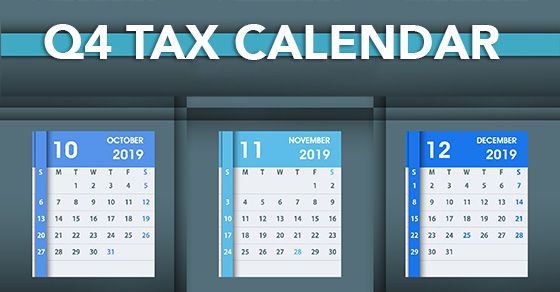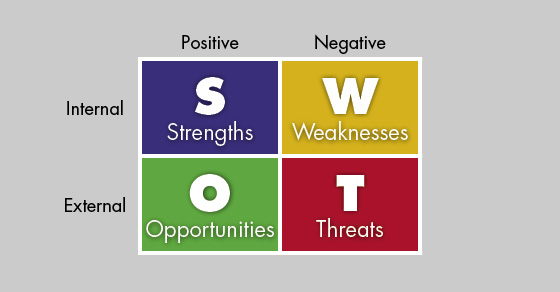In a compensation landscape shaped by rising costs and increasing employee expectations, benefits have become not just a perk, but a strategic driver of employee satisfaction and retention. Offering benefits doesn’t have to mean adding expensive coverage or ratcheting up your margins; there are ways to offer value and save on taxes at the same time.
Section 125 Plans: Real Tax Savings for Small Businesses
Section 125 plans, also called cafeteria plans, are IRS-sanctioned programs that allow employees to pay for specific expenses such as health insurance, dependent care, and medical out-of-pocket costs using pretax dollars. In turn, employers reduce their payroll tax liability. Everyone wins.
While these plans have been around for decades, they’re often ignored or misunderstood. Many business owners assume they’re too complex, too expensive, or only make sense if you’re already offering a full benefits package. In reality, Section 125 plans scale well—even down to the smallest teams—and can deliver real tax advantages with minimal cost or effort.
How It Works
Under a Section 125 plan, employees agree to take a portion of their compensation in the form of qualifying benefits instead of cash. Because those benefits aren’t subject to income or payroll tax, the employee takes home more—and the employer pays less.
For employers, that means a 7.65% savings on every dollar processed through the plan. For employees, it can mean 20–40% savings depending on their income and location.
There are a few types of Section 125 structures, and even if you’re not ready to roll out a full, expensive package, there are still ways to bring real value to your employees—without spending a dime out of pocket.
If you’re not offering a health plan—or any benefits at all—you can still put Section 125 to work. One of the most accessible entry points is the Premium-Only Plan (POP). It allows employees who buy their own health insurance to pay their premiums with pretax dollars, reducing their income tax burden. From your side as the employer, any payroll run through a POP is exempt from FICA taxes. You’re not footing the bill for anyone’s coverage—just enabling the tax advantage.
Another underused tool is the Dependent Care Assistance Plan (DCAP). This lets employees set aside up to $5,000 a year for childcare expenses like daycare or after-school programs. These contributions also come out pretax, lowering both the employee’s taxable income and the employer’s payroll tax exposure. Even if only a couple of employees participate, the savings add up quickly.
Setting up either of these plans is relatively simple. Employers need a compliant plan document and a third-party administrator (TPA) to manage contributions and claims. There’s a modest set-up cost, but no ongoing funding requirements. These plans can run quietly in the background, offering measurable tax relief with minimal overhead.
This kind of lightweight infrastructure is especially useful for businesses in growth mode, those that can’t yet afford traditional benefits but want to put scaffolding in place to get there.
Ready to Level Up? FSAs and HSAs
Once an employer offers a group health plan, cafeteria plan options expand significantly. Health FSAs (Flexible Savings Accounts) are the most common add-on. In 2025, employees can contribute up to $3,300 in pretax dollars to cover copays, deductibles, prescriptions, and other medical expenses. The trade-off? The employer must make the full annual amount available on day one—even if the employee hasn’t yet contributed it via payroll. That introduces a modest cash flow risk, particularly if someone quits midyear.
HSAs (Health Savings Accounts), by contrast, are tied to high-deductible health plans (HDHPs) and belong entirely to the employee. The funds roll over from year to year and can even be invested. An employer is allowed (but not required) to contribute. Because of the triple tax advantage—pretax contributions, tax-free growth, and tax-free withdrawals for qualified medical expenses—HSAs are especially attractive to younger or higher-earning employees thinking long-term.
Offering either of these options signals to employees that their employer is serious about supporting their health and financial wellbeing. It also sharpens the employers’ tax position: every dollar run through an FSA or HSA arrangement reduces payroll tax exposure. Over time, that can produce significant savings even for a modest-sized team.
Why This Matters
Offering benefits sounds expensive—until you realize that not offering anything is more expensive in the long run. High turnover, poor retention, and unnecessary tax costs add up. If you’re an employer looking for a way to bridge the gap between no benefits and a full benefits package, Section 125 is the answer.
Putting a plan in place—even a modest one—creates structure, builds trust with employees, and lays the groundwork for more robust offerings down the road. It’s a quiet signal that, as a committed employer, you’re investing in people without breaking the bank.
Section 125 plans aren’t flashy, but they’re smart. They’re one of the few moves that save money, reduce friction, and scale with you as your business grows. If you’re looking for a cost-effective way to do right by your team—and your bottom line—this is the place to start.
This material has been prepared for informational purposes only, and is not intended to provide or be relied upon for legal or tax advice. If you have any specific legal or tax questions regarding this content or related issues, please consult with your professional legal or tax advisor.






















































